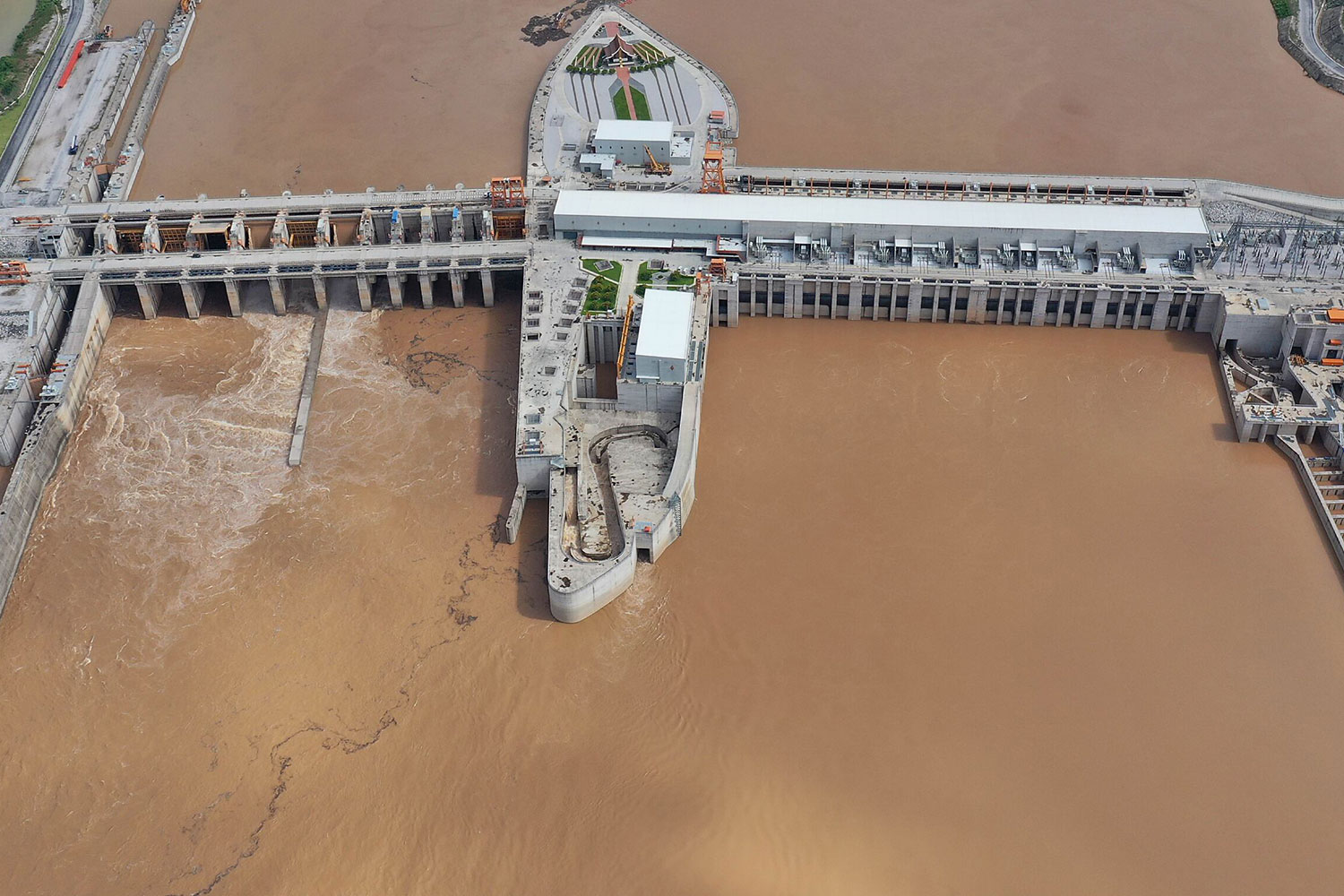
Hydroelectric company Xayaburi Power has said that the flow rates of the Mekong river have been affected by Tropical Storm Cempaka and the volumes discharged from the run-of-river Xayaburi Hydroelectric Power Plant reflect the natural flows.
Thanawat Trivisvavet, managing director of CK Power Plc which manages the Xayaburi Hydroelectric Power Plant in Laos PDR said that the flow rate of the water that ran through the Xayaburi Hydroelectric Power Plant was 8,000 cubic metres per second, an increase from the average of 3,588 cubic meter per second during the period from July 1-24.
The rise can be attributed to Tropical Storm Cempaka, which has now weakened into a tropical depression, bringing heavy rain to Northern Vietnam and the Gulf of Tonkin during the past few days, coupled with the scheduled release of water from the Nam Ou Hydropower Dam.
It was expected that from yesterday, the power plant would record 7,200 cubic metres per second in the volume of water passing through its system, which will then gradually drop to 6,400 and 5,600 cubic meters per second today and tomorrow, respectively.
“The power plant is managed in such a way that it releases the same amount of water downstream as the natural flow that goes into the power plant," said Mr Thanawat.
"This is because the Xayaburi Hydroelectric Power Plant has no water storage capability nor a reservoir. It is a run-of-river hydroelectric power plant. In other words, the amount of water that flows into the power plant is invariably equal to the amount released out of the power plant into the river, and the natural flow of the Mekong is not affected,” he said.
According to the company, a comparison of the average monthly volumes of water passing through the power plant against the highest and lowest flow rates over the last 80 years (1940-2020), dating back to the period prior to the establishment of the power plant, demonstrates that the current volumes are within the recorded range and that flow rates can vary, with higher volumes in wet years and lower in dry ones. The average volume of 2021 is projected to be similar to that of 2018 which was recorded as a wet year.
